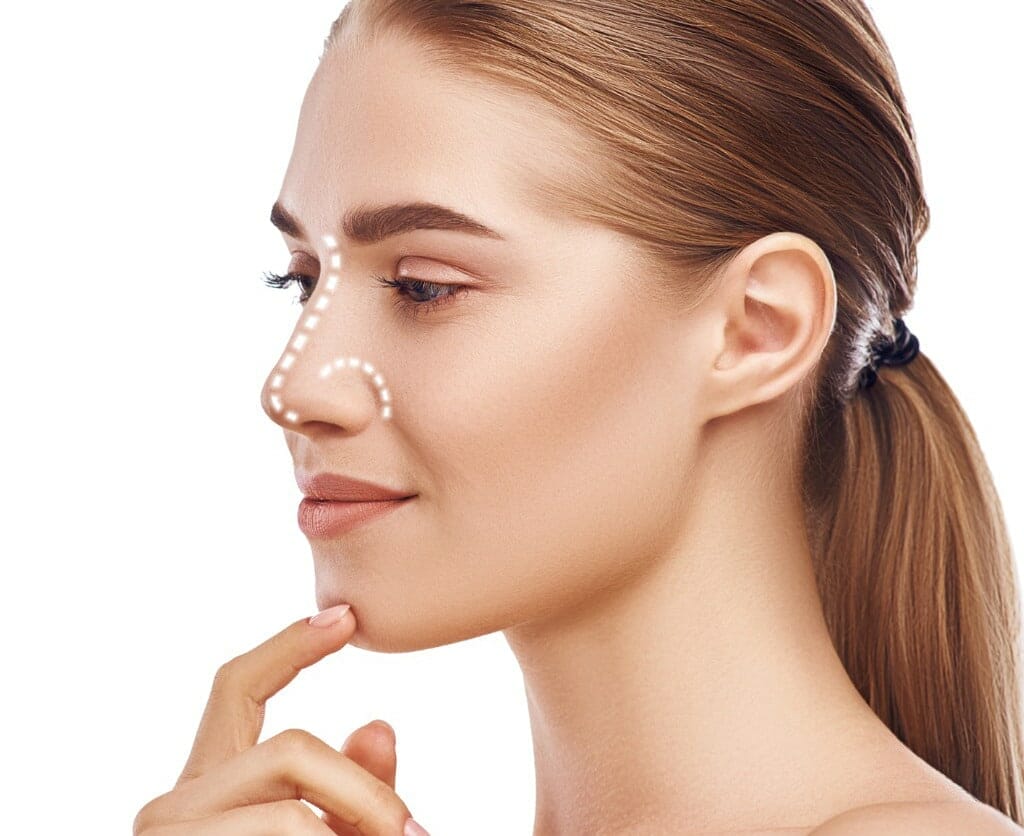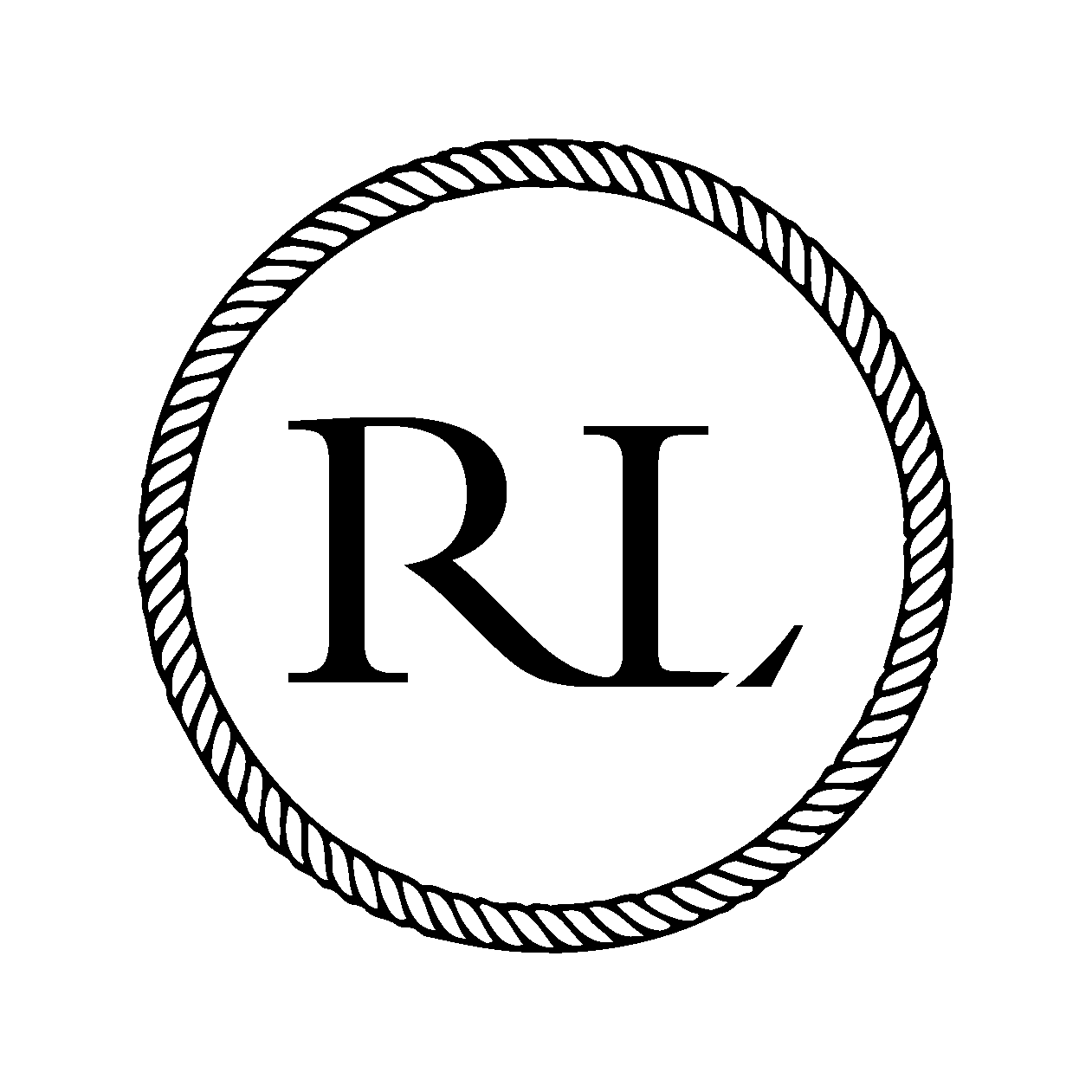Let’s Talk About the Ins and Outs of Rhinoplasty Surgery From the perspective of Specialists

Rhinoplasty surgery has gained significant popularity as individuals seek to enhance their facial appearance and self-confidence. This surgical procedure involves reshaping and recontouring the nose to achieve aesthetic or functional goals.
In this blog, we will understand the concept of rhinoplasty, explore its purpose, surgery procedure, pre-operative preparation, post-operative care, potential risks, and much more. With a focus on imparting factual knowledge, we aim to provide you with a clear understanding of this transformative surgical process.
What is Rhinoplasty Surgery?
Rhinoplasty surgery is a surgical procedure rooted in aesthetic refinement and functional enhancement and is commonly called a “nose job.” This intricate intervention involves reshaping and recontouring the nose to achieve desired proportions, symmetry, and harmony with facial features.
Beyond its cosmetic applications, rhinoplasty also addresses structural issues, such as correcting a deviated septum that obstructs proper breathing. Skilled rhinoplasty specialists initiate the procedure by executing precise incisions, which grant access to nasal structures. These specialists meticulously sculpt and adjust these structures to align with the patient’s aesthetic vision while preserving or enhancing nasal function.
Why Do You Need To Get Rhinoplasty?
Aesthetic and functional motives often drive the decision to undergo rhinoplasty. These aesthetic aspirations encompass the desire to harmonise the nose with other facial features, refine proportions, minimise humps, and adjust the nasal tip’s shape. These alterations can boost self-confidence and contribute to an improved sense of facial balance.
Functionally, rhinoplasty addresses breathing difficulties arising from structural irregularities like a deviated septum or narrow airways. Individuals who experience chronic congestion, snoring, or sleep apnea can benefit from corrective rhinoplasty, which enhances the appearance and restores unobstructed airflow. This dual-purpose procedure enables individuals to attain facial harmony while potentially alleviating long-standing respiratory challenges. Engaging with a rhinoplasty specialist holds paramount importance, as they assess the necessity and suitability of the procedure, ensuring comprehensive fulfilment of aesthetic desires and functional requirements.
The Role of Rhinoplasty Specialists
Rhinoplasty specialists, adept in the art and science of nasal anatomy, are pivotal in guiding individuals through their transformative journey. These experienced professionals possess a deep understanding of both the artistic and scientific aspects of nasal anatomy. Their expertise encompasses facial harmony, proportions, and the intricate nuances of nasal structures. What sets them apart is their steadfast commitment to the well-being of their patients, which forms the foundation of their approach.
In rhinoplasty, these specialists personalise their surgical approach to match the patient’s expectations while considering the realities of their anatomy. They strongly focus on the desired aesthetics and functional aspects. Through careful and detailed planning, they choose the best techniques and decide on incision placements—whether open or closed—based on the individual’s needs.
Years of practice have honed the surgical finesse of these experts, allowing them to skillfully sculpt bone and cartilage with precision, achieving a nose that aligns with the patient’s vision. Additionally, these specialists are dedicated to post-operative care, monitoring recovery progress, and addressing any concerns.
Preparing for Rhinoplasty: Consultation and Evaluation
The first step towards preparing for rhinoplasty is having a detailed discussion with a rhinoplasty specialist. This critical conversation lets you openly share your hopes and worries, creating a solid partnership based on trust and understanding. Below are the main aspects you need to focus on before rhinoplasty, as per the surgeons:
1. Improve Diet
A balanced and nutrient-rich diet plays a significant role in facilitating the body’s healing process. Before rhinoplasty, focus on consuming foods rich in vitamins, minerals, and antioxidants. These nutrients promote tissue repair, minimise inflammation, and boost the immune system, all essential for a swift recovery.
Add fruits, vegetables, lean proteins, whole grains, and healthy fats to your meals. Staying hydrated is equally important, as proper hydration supports overall healing and helps maintain skin elasticity. Nourishing your body with the right nutrients will help enhance your ability to heal efficiently and reduce the risk of complications.
2. Do Not Smoke and Drink
It is crucial to abstain from smoking and alcohol consumption in the weeks following rhinoplasty. Smoking impairs blood circulation and oxygen delivery, hindering the body’s healing ability. Moreover, smoking increases the risk of postoperative complications, including delayed wound healing and infection.
Similarly, alcohol can interfere with the body’s natural healing processes and increase the risk of bleeding during and after surgery. It is a must to avoid smoking and drinking alcohol for a recommended period before the procedure to optimise your safety and recovery. Adhering to these guidelines can contribute to a successful rhinoplasty outcome and ensure a smoother recovery.
Surgical Procedure of Rhinoplasty
The rhinoplasty involves a sequence of meticulously orchestrated steps, each aimed at achieving the desired nasal aesthetics and functionality. Below, we provide an overview of the critical stages involved in the surgical procedure of rhinoplasty.
1. Anaesthesia
The procedure commences with the administration of anaesthesia. Typically, either general anaesthesia or local anaesthesia with sedation is employed to ensure patient comfort and prevent pain during the surgery. The choice depends on the complexity of the surgery and the patient’s medical history.
2. Incision
Following anaesthesia, the surgeon selects between an open or closed rhinoplasty approach. In an open rhinoplasty, a small incision is made across the columella, the tissue between the nostrils. This approach grants enhanced visibility and access to the nasal structures. Conversely, in closed rhinoplasty, incisions are confined to the interior of the nostrils, concealing any external scarring.
3. Reshaping Nose
With the incisions made, the surgeon begins the intricate process of reshaping the nose. Cartilage and bone are meticulously sculpted to achieve the desired aesthetic outcomes. The nose’s size, shape, and proportion are adjusted to align with the patient’s facial features. Techniques like osteotomies (controlled bone fractures) refine the nasal contours, addressing concerns such as humps or irregularities.
4. Correction of Deviated Septum
Addressing functional concerns is a significant aspect of rhinoplasty, mainly when a deviated septum is present. The surgeon corrects the deviated septum by repositioning and straightening the septal cartilage, improving airflow and alleviating breathing difficulties. This corrective measure enhances the nose’s appearance and improves overall nasal function and respiratory wellness.
5. Closing Incision
As the reshaping and corrective steps are completed, the surgeon closes the incisions meticulously. Sutures secure the tissue and skin, ensuring optimal healing and minimal scarring. In open rhinoplasty, the incisions are strategically placed to reduce visible scarring, while closed rhinoplasty leaves no external scars. The closure process marks the culmination of the surgical procedure, setting the stage for recovery and healing.
Post-Operative Care and Recovery
After undergoing rhinoplasty surgery, diligent post-operative care is essential to ensure optimal healing and minimise potential complications. Following these instructions will help you navigate recovery more comfortably and confidently.
- Rest and Elevation: Rest is crucial during the initial days following surgery. Keep your head elevated while sleeping in order to reduce swelling and promote proper blood circulation.
- Medication Management: Follow the prescribed medication regimen as directed by your rhinoplasty specialist. This regimen may include pain relievers and antibiotics to manage discomfort and prevent infection.
- Cold Compresses: Applying cold compresses to the treated area can help reduce swelling and bruising. Be sure to follow the recommended schedule for using cold compresses.
- Nasal Care: Clean your nasal passages gently with saline solution to maintain cleanliness and prevent infection. Avoid blowing your nose forcefully, as this can disrupt the healing process.
- Avoid Strenuous Activities: Avoid strenuous activities, such as heavy lifting and intense exercise, for several weeks following surgery to prevent strain and complications.
- Protective Measures: It is better to avoid exposing your nose to direct sunlight when touching or cleaning the surgical site. Wearing sunscreen and protecting your nose from accidental bumps is advisable.
- Follow-Up Appointments: Attend all scheduled follow-up appointments with your rhinoplasty specialist to monitor your progress and address any concerns or questions.
- Patience and Healing: Swelling and bruising are common in the initial stages of recovery. It’s essential to be patient, as these effects will gradually subside over time, revealing the final results of the procedure.
Potential Risks and Complications
Rhinoplasty is a complex surgical procedure that, while generally safe and effective, carries potential risks and complications. It is crucial to be well-informed about these potential issues before surgery. Common risks include
- infection, which can be managed with antibiotics;
- bleeding, which might necessitate further intervention; and
- adverse reactions to anaesthesia, which are rare but possible.
Complications related to the surgical outcome include asymmetry, dissatisfaction with aesthetic results, or functional problems like impaired breathing due to changes in nasal structure. Scarring, although usually minimal, can occasionally be more prominent. Rarely, patients may experience skin necrosis or damage to surrounding structures.
To minimise risks, choose a qualified surgeon, disclose your medical history, and adhere to pre-and post-operative instructions. It is important to know these potential complications since it empowers individuals to make informed decisions and engage in proper aftercare to achieve optimal rhinoplasty results.
Contact Rhinoplasty LDN to Get a Perfect Nose!
Rhinoplasty surgery is a sophisticated procedure that requires careful consideration, meticulous planning, and the expertise of qualified rhinoplasty specialists. People who want to get rhinoplasty should know the surgical process, the pre-operative and post-operative care, and potential risks, which can help them in making informed decisions about pursuing rhinoplasty to achieve both aesthetic enhancement and functional improvement.
For those seeking to achieve the most attractive nose shape and experience the benefits of rhinoplasty, Rhinoplasty LDN stands as a beacon of excellence. With a team of accomplished rhinoplasty specialists, state-of-the-art facilities, and a commitment to tailored approaches, Rhinoplasty LDN provides the platform for individuals to begin their journey toward facial harmony and enhanced quality of life.
Ready to Transform Your Nose? Contact Rhinoplasty LDN for Expert Guidance and Outstanding Results.
Frequently Asked Questions
The cost of rhinoplasty varies based on factors such as geographical location, surgeon's expertise, facility fees, and the complexity of the procedure.
